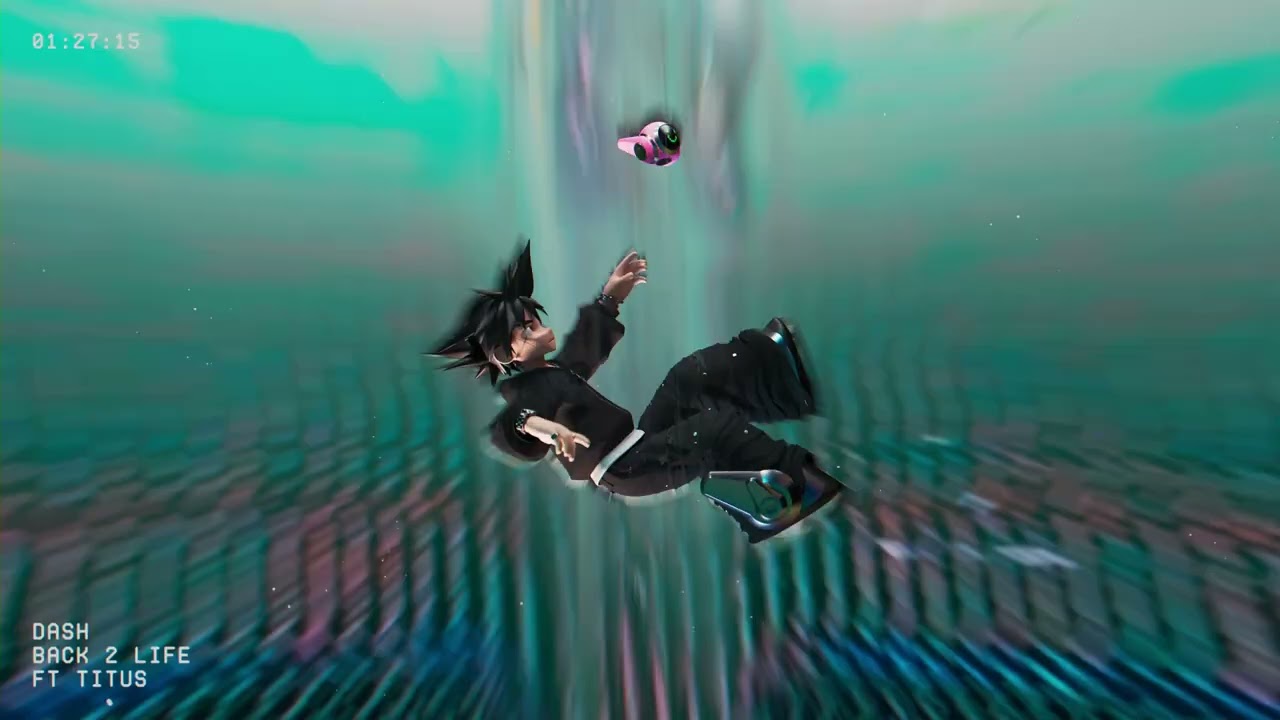Avatar: The Last Airbender built a revolutionary and lasting fantasy world that The Legend of Korra expanded on, spurring fans to compare the original series and its sequel endlessly in the years since both concluded. And although the original series deserves credit for establishing many of the characters and lore that made the franchise such a juggernaut, there are certain areas where Korra stands out as a head and shoulders improvement.
Design is almost certainly one of those areas, and it's best highlighted in comparing the villains across each series. Whereas The Last Airbender did not distinguish between the visual design of its villains significantly, Korra provided each with a unique and effective design that underlined their roles in the series.
An effective design distinguishes a character from those around them, highlights physical and thematic components to their character and (particularly in animated form) proves efficient and reproducible without being overly cluttered or distracting. There were certain aspects across those metrics that the original series nailed. Zuko's scar provided a distinguishing feature that hinted at the duality that would later define his redemption arc. Azula's symmetrical precision showcased her perfectionism in stark contrast to her brother. Ozai's design showed the grandeur of his status as Fire Lord along with a physically imposing presence that supported the ultimate threat he presented.
But at the end of the day, they and almost all of the other Fire Nation villains from the original series were not particularly distinct from each other. In combination with more minor villains like Zhao or any number of other Fire Nation authorities, the similar armor designs and uniforms left less room for creativity and independence between the characters. Even the non-Fire Nation villains met along the way, like General Fong, Long Feng or Hama, had pared down and basic designs seen elsewhere in the series. Occasional exceptions that proved a character's uniqueness, as with Jet or Combustion Man, proved to be the exception rather than the rule.
Conversely, with The Legend of Korra, almost every major villain proved to have a distinct and iconic design of their own. Amon's black outfit managed to invoke the design used for his Equalist underlings without reproducing it as Zuko and Azula's designs did with their Fire Nation soldiers, and his imposing mask supported the mysterious and symbolic presence the more his story unfolded. Those same qualities recurred in subsequent seasons' villains like Unalaq and Kuvira, both of whom led underlings whose designs tied them to their leaders without reproducing the same look. Each had a regal and authoritative quality to their outfits that nevertheless diverged from one another given their entirely separate cultural upbringings.
However, where design really shone in the villains of Korra was with the Red Lotus. The anarchist group assembled from around the world allowed its creators the opportunity to portray several different members of the Four Nations with a villainous edge. With them, the small details mattered. Ming-Hua's unkempt hair reflected her instability. Ghazan's tattoos hinted at a tougher and storied history. Even Zaheer's lack of detail with his gray-toned robes invoked a Spartan sense of anti-materialism and a morally complicated persona that distinguished him from the bright and intricate designs of other airbenders.
Even the minor villains stood out as individuals throughout the series. It is hard to find comparison points for the Lieutenant, Hiroshi Sato or the Earth Queen, making each a distinct and instantly-recognizable figure no matter how small their roles were.
There is always much to compare when it comes to Avatar: The Last Airbender and The Legend of Korra. However, in some matters, time, budget and experience could only ever help. It seems that the designs of the villains were one of those areas where the sequel series had a firm leg up, and it's certain to only get better in future installments of the franchise.
About The Author

